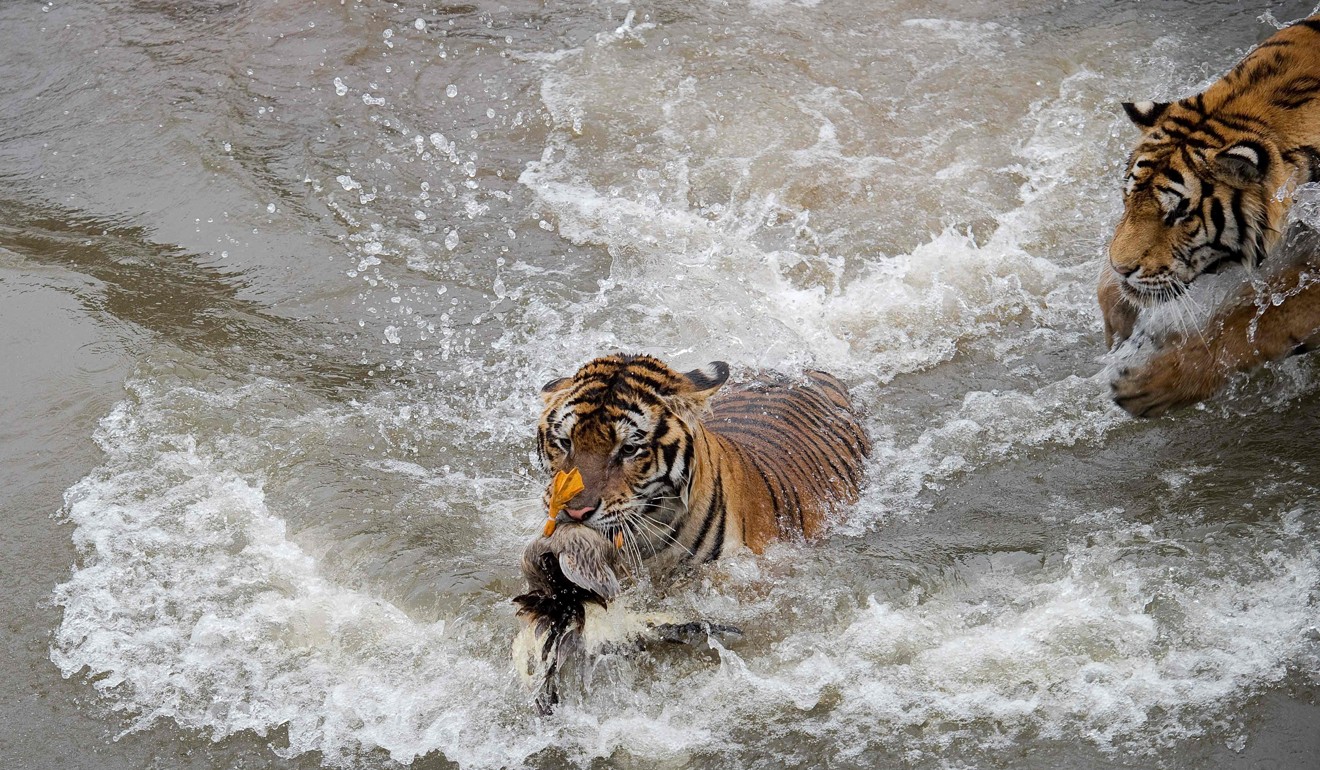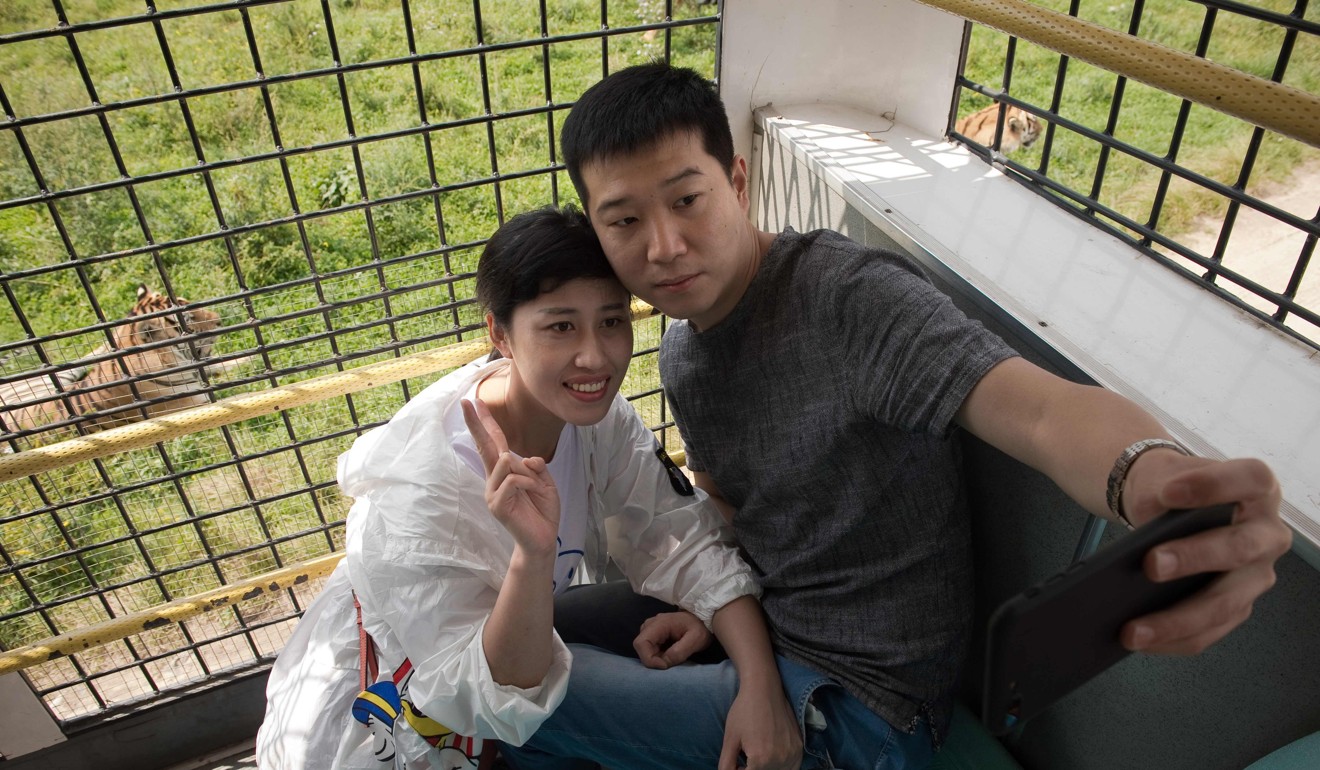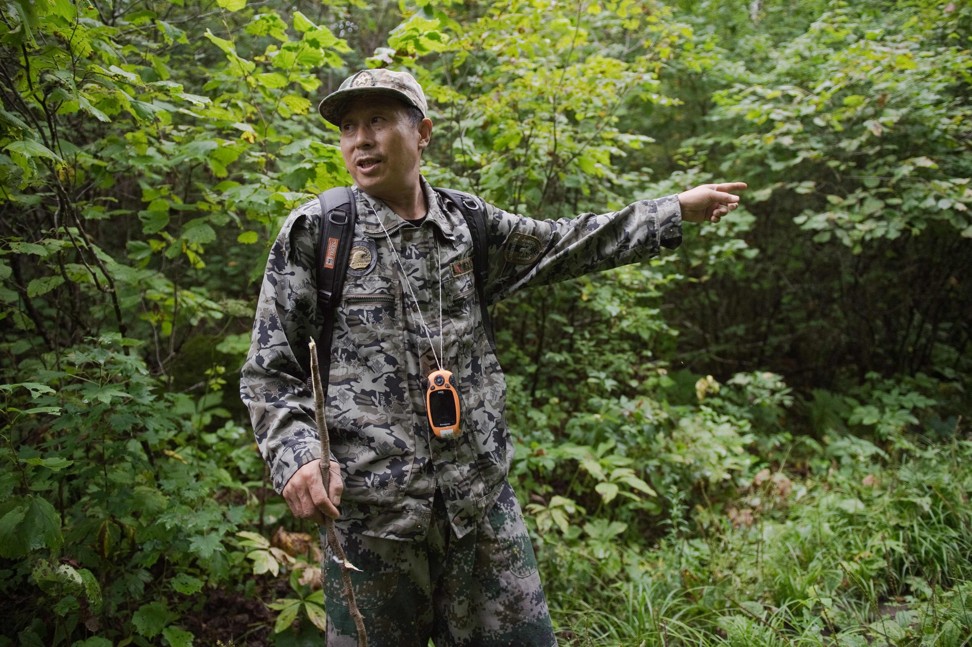
From poacher to ranger: saving China’s Siberian tigers
Dozens of former hunters are helping conservation efforts in the region, where about 540 of the big cats live in the wild
In the northern mountains bordering Russia, everyone knew the spry Chinese man as a skilled and ruthless hunter – the kind who once killed a mother black bear as her cubs looked on.
But instead of stalking the woods for prey, Liang Fengen now roams the hills without a rifle, working as a ranger to save the area’s endangered Siberian tiger population and protect other wildlife.
“When I think about what I used to do, it seems so cruel,” said Liang, 61, who lives in a small house at the foot of the mountains in northeastern China’s Heilongjiang province.
Liang’s conversion is the result of efforts by organisations like the global conservation body WWF and the Wildlife Conservation Society, which are harnessing the knowledge of local poachers to rescue Siberian – also known as Amur – tigers from extinction.
At the crack of dawn every morning, the expert tracker patrols the forested area on foot in search of data for conservation research: a tiger print here, some wild boar faeces there.
The plight of the world’s largest cats is reflected in red banners along the trails leading to the dense woods that proclaim: “Siberian tigers are mankind’s friends”.
About 540 are estimated to exist in the wild in a huge area straddling Russia, China and possibly North Korea, having made a comeback from the brink of extinction in the 1940s, when only about 40 Amurs were left, according to WWF.
Their biggest threat is humans – both those who poach the tigers to sell their parts on the black market and those who illegally hunt their prey.

While Liang has never seen a Siberian tiger – his targets were wild boars and black bears – he said he was indifferent to their plight, and even more so to how his own hunting contributed to the depletion of their food sources.
“I thought of animals as a prize to be captured until I slowly had a change of heart,” Liang said.
Liang ascends the wooded mountains wearing a full camouflage outfit, complete with cloth strips wrapped tightly around his ankles to keep water out. In the winter, he braves minus 30 degree Celsius temperatures.
The ranger collects Siberian tiger waste samples for DNA population tracking and uses a GPS device to send the coordinates of paw prints and deer carcasses – evidence of paths the tigers have travelled.
It is all familiar terrain for Liang, who traversed the mountains as a precocious child killing for sport and survival.
Even while food shortages plagued China during Mao Zedong’s rule, Liang’s family always had enough to eat because he and his father would bring home wild boars.
“It’s known around the country that Liang was ever the practised poacher,” said Jin Yongchao, an officer in WWF’s northeast China office.
“He has influenced many others.”

About 30 Heilongjiang hunters had traded in their hunting rifles for ranger uniforms, Jin said.
Working in conservation did not always come naturally to Liang. After he was recruited in 2004 to become a ranger for Suiyang’s forestry bureau, he surreptitiously continued hunting after dark.
“It was a hard habit to kick,” said Liang, who finally stopped more than a decade ago.
Now, he said, “as long as my body allows and as long as the forestry bureau needs me, I will continue to protect the tigers with my whole heart and soul”.
While Chinese rangers and conservationists work to increase the Siberian tigers’ population in the wild, the country also hosts about 200 captive tiger breeding centres, but many have been embroiled in controversy.
On a recent afternoon at the Hengdaohezi Siberian Tiger Park, a duck dangled helplessly from a zip-line above an artificial pond as hungry tigers circled around it.
When a mechanical harness abruptly dropped the duck into the water, the tigers surrounded the bird as it splashed frantically until disappearing between one of their jaws.
The feeding, a common form of entertainment at Chinese tiger breeding centres, was witnessed by a group of excited smartphone camera-flashing visitors on a mesh-enclosed platform.
“We have the greatest understanding of how to breed Siberian tigers in the world,” said Liu Changhai, the 37-year-old manager of the park, which touted the arrival of 50 newborn cubs this April.
Parks like Hengdaohezi have repeatedly come under fire from conservationists who accuse them of being “tiger farms” that breed the endangered cats for profit with no intention of returning them to the wild.
With more than 500 tigers, its sister park in Harbin, the capital of Heilongjiang, holds the largest amount of captive Siberian tigers in the world. They star in circus-like performances and their cubs are passed around for visitors to hold.
Wildlife protection campaigners allege that after the tigers die, the breeding centres sell their pelts and bones: in China, “tiger bone wine” is considered a medicinal delicacy even though the sale of tiger bones has been banned since 1993.
Liu denied the park had any aims other than to one day release the tigers back into the wild describing it as his team’s “greatest wish”.

.png?itok=arIb17P0)
